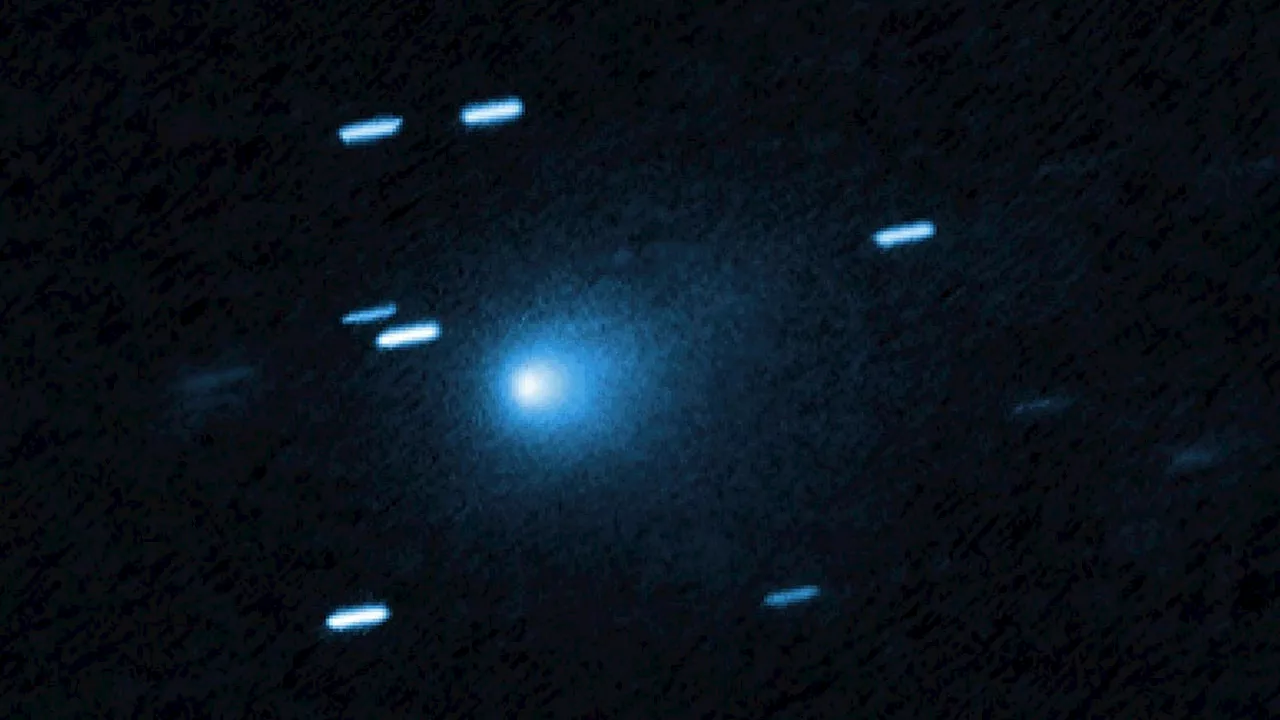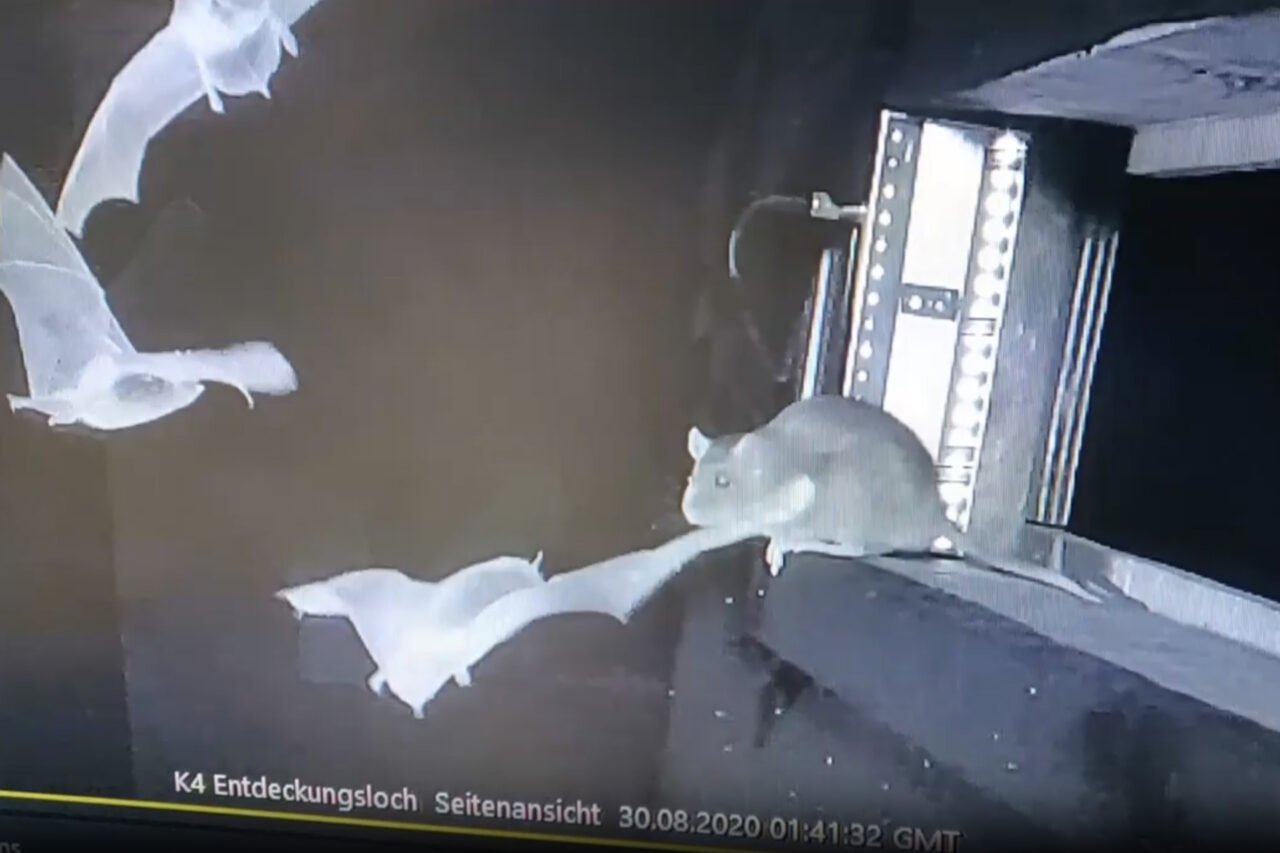For the first time, astronomers have observed a colossal explosion from a star located beyond our solar system. This event, described as a coronal mass ejection (CME), is significantly more powerful than similar eruptions from the sun and could have destructive implications for nearby planets. The study detailing this groundbreaking discovery was published in the journal Nature on March 15, 2024.
The star in question, known as StKM 1-1262, is a red dwarf situated approximately 130 light-years from Earth. The eruption reached velocities of 5.3 million miles per hour (2,400 kilometers per second), a speed recorded in only about one in every 2,000 solar CMEs. According to Cyril Tasse, a research associate at the Paris Observatory and coauthor of the study, “This burst is 10 to 100 thousand times more powerful than the strongest the sun can produce.”
This intense explosion is a stark reminder of the potential dangers posed by stellar activity. While solar storms can create visually stunning auroras on Earth, the violent ejections from StKM 1-1262 could strip away the atmosphere of any closely orbiting planets, making them inhospitable for life. Understanding the impact of such stellar explosions on exoplanets is essential for assessing their potential habitability.
Unveiling the Mechanism of Stellar Eruptions
Astronomers have long sought evidence of coronal mass ejections from stars beyond our solar system. CMEs are vast clouds of ionized gas and magnetic fields that erupt from a star’s outer atmosphere. When such ejections occur, they produce bursts of radio waves as they travel through space. Mark Miesch, a research scientist at the National Oceanic and Atmospheric Administration’s Space Weather Prediction Center, explained that these stellar winds can create shock waves comparable to the sonic boom produced by a jet fighter.
The detection of this CME was made possible by employing new analytic software to analyze data from a sky survey conducted by the Low Frequency Array (LOFAR) nearly a decade ago. LOFAR consists of thousands of antennae spread across the Netherlands and Europe, forming a large radio telescope capable of detecting faint signals from distant stars.
Lead author Joe Callingham from the University of Amsterdam’s Anton Pannekoek Institute for Astronomy emphasized the significance of the discovery. “This kind of radio signal just wouldn’t exist unless material had completely left the star’s bubble of powerful magnetism,” he noted. The team identified a type II radio burst, indicating hot gas was escaping from the star into space, which is a clear signature of a CME.
The Implications for Exoplanetary Research
The research team combined data from LOFAR with measurements from the European Space Agency’s XMM-Newton mission, launched in 1999. This collaboration allowed them to ascertain the star’s temperature, rotation, and brightness through X-ray observations. According to David Konijn, a doctoral student at the Netherlands Institute for Radio Astronomy, “We needed the sensitivity and frequency of LOFAR to detect the radio waves, and without XMM-Newton, we wouldn’t have been able to determine the CME’s motion or put it in a solar context.”
The discovery is particularly relevant for the study of red dwarf stars, which account for about 70% of the stars in the Milky Way. These stars often have magnetic fields over 1,000 times stronger than that of the sun. StKM 1-1262, for instance, has half the mass of our sun, rotates 20 times faster, and possesses a magnetic field estimated to be 300 times more powerful.
Given the close proximity of planets to red dwarf stars, astronomers have raised concerns about the potential for harmful radiation from stellar flares. Although it remains unknown whether any planets orbit StKM 1-1262, previous research suggests that most red dwarf stars host at least one planet.
Callingham warned that even if a planet is located within the habitable zone, its atmosphere could be stripped away by a CME, rendering it lifeless. “The protective magnetic field we have on Earth would not be able to withstand the pressure of the CME, exposing its atmosphere directly to the ejection,” he stated.
As researchers look ahead, they are keen to further explore how these smaller stars generate such immense energy and the implications of repeated coronal mass ejections on nearby planets. The anticipated completion of the Square Kilometre Array in 2028, which will include thousands of dishes and up to one million low-frequency antennas, promises to enhance the search for coronal mass ejections from other stars.
“This is only the beginning,” Miesch remarked. “Hopefully, this will inspire follow-up studies to verify our findings and further characterize how frequent such events are.”







